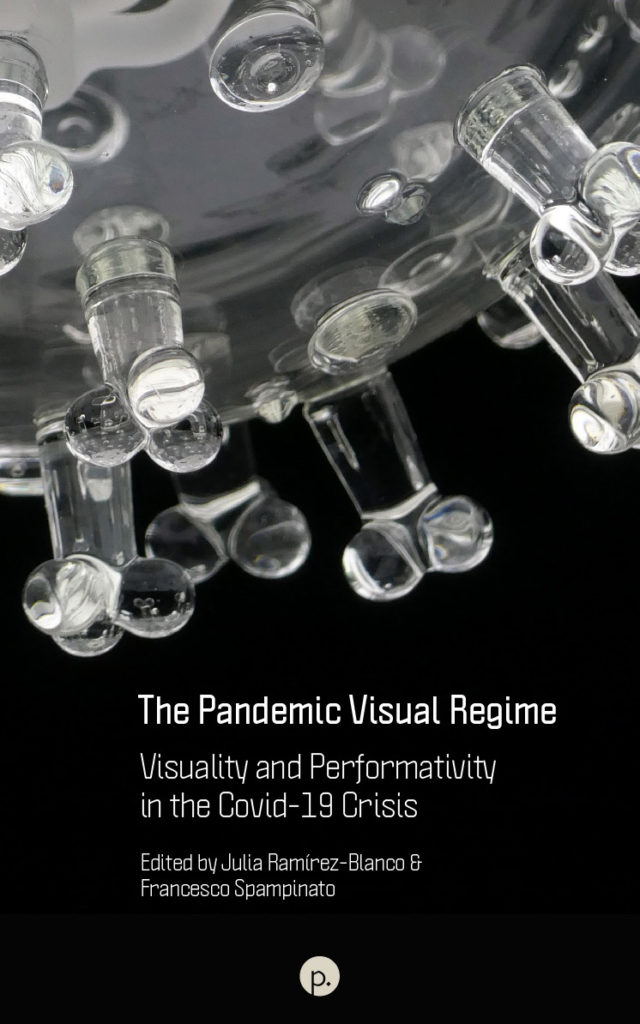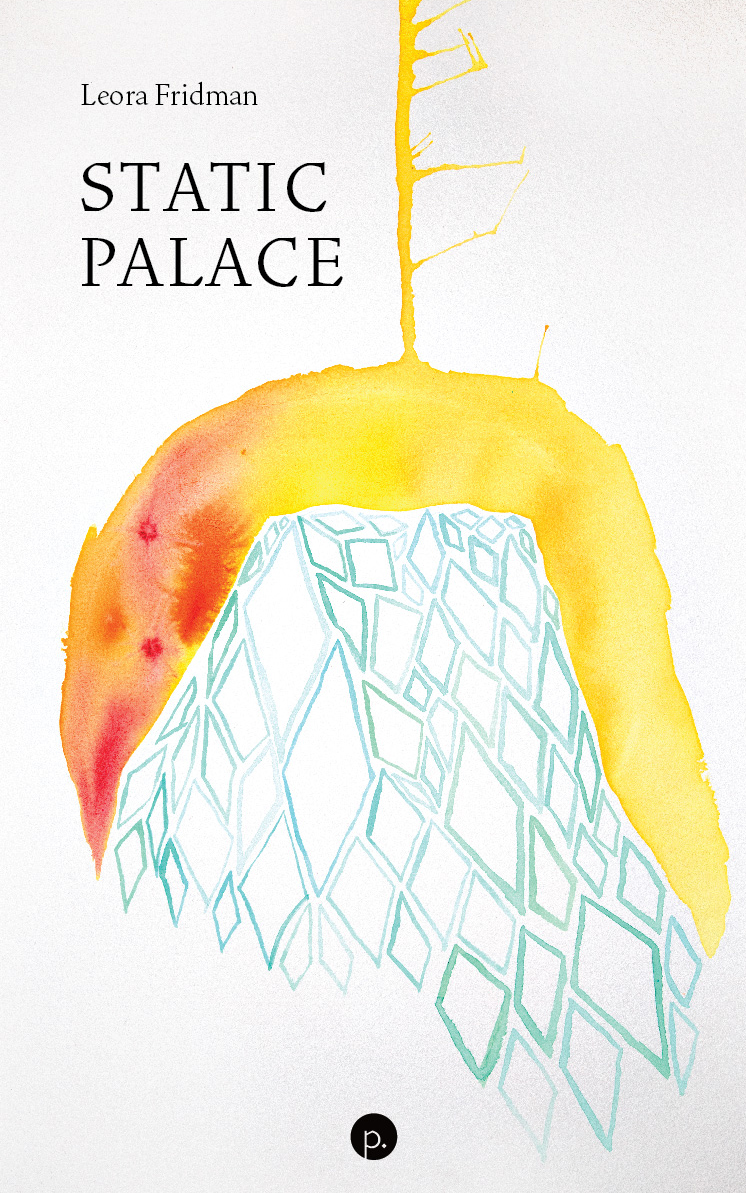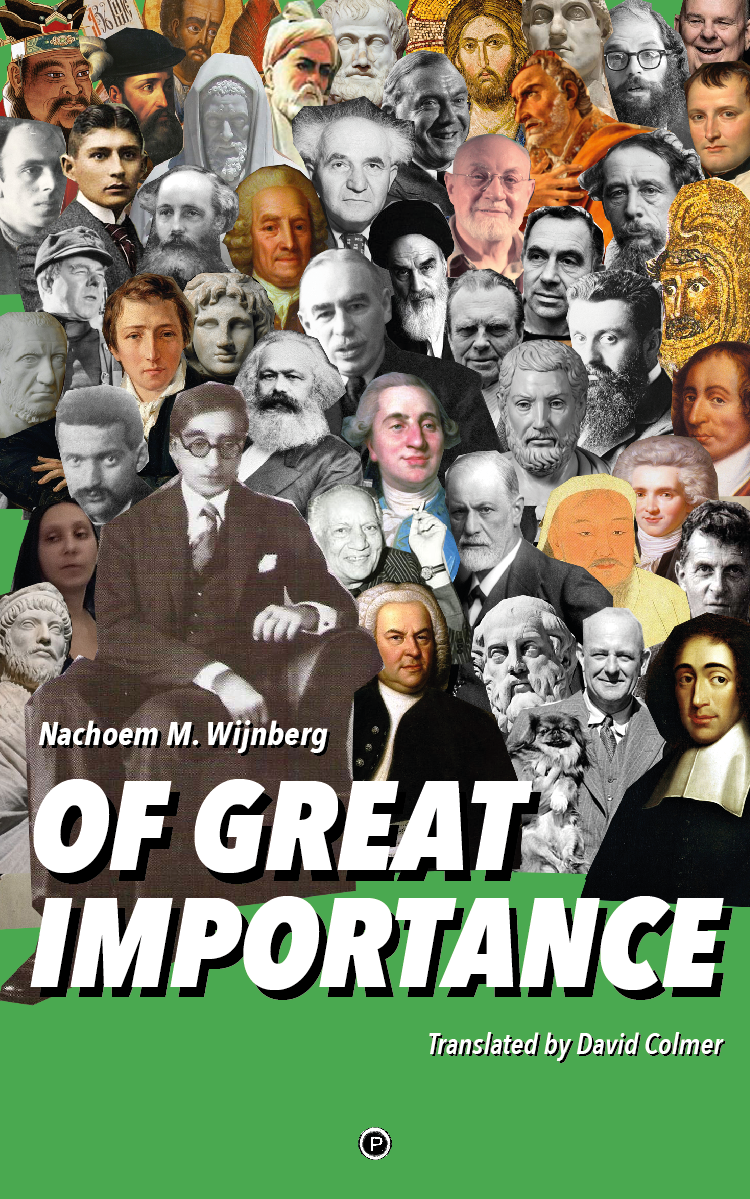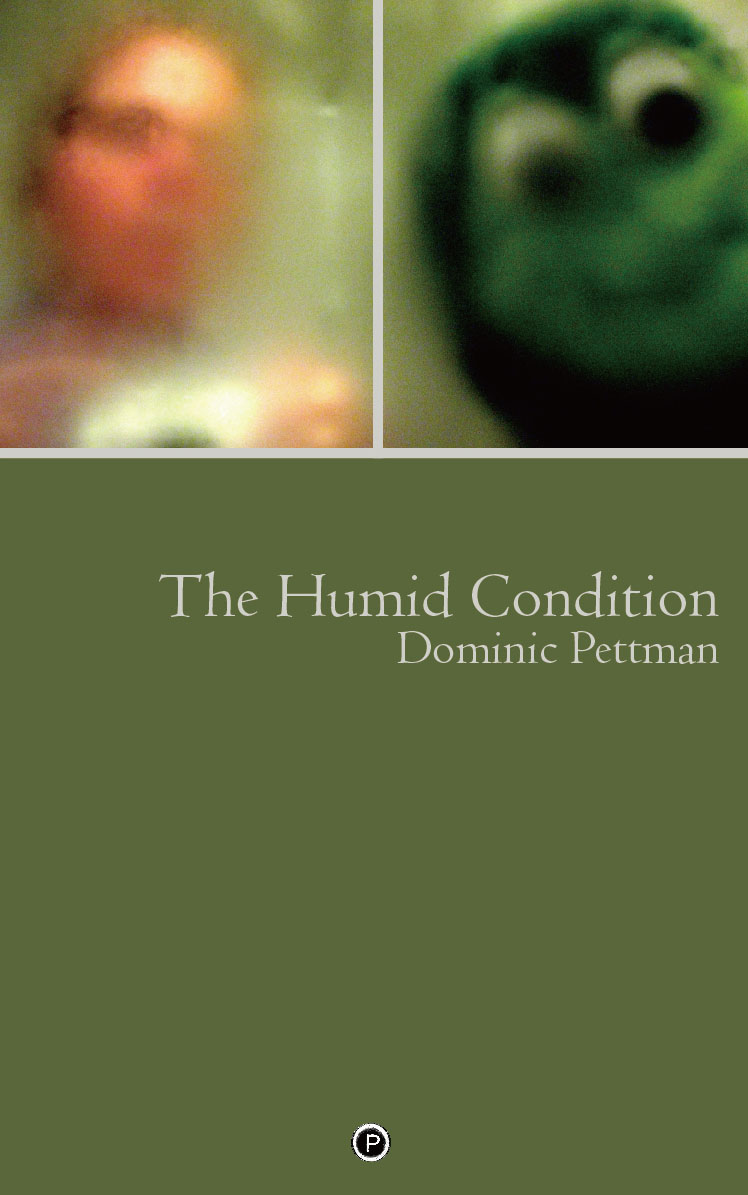The Covid-19 pandemic has been expressed in various ways through visuality and performance, and some of its more nuanced cultural implications have taken place in a realm that goes beyond words. Through the exploration of the visual culture produced during and in response to the Covid-19 pandemic, The Pandemic Visual Regime: Visuality and Performativity in the Covid-19 Crisis highlights the key role played by images in shaping our understanding of the epochal transformations our society is undergoing.
This book argues that visuality and its relationships with the performative have played such a significant role in the Covid-19 pandemic that we can even speak of the emergence of a “pandemic visual regime,” a new way of seeing and representing the world under this global emergency.
Through an interdisciplinary framework, The Pandemic Visual Regime aims to answer an array of questions: In which ways have the effects of the pandemic been racialized, thereby reinforcing white supremacy? How are our responses to Covid-19 shaped by the Hollywood “outbreak narrative” of films such as Contagion? How has design responded to our new pandemic needs? How have infographics affected our perception? In which new ways have we come to inhabit private, public, and virtual spaces? Regarding the latter, what changes have there been in the forms of digital surveillance? On the other side of the spectrum, what forms has mutual aid taken and what have been our forms of relating with nature, both during lockdown and after lockdown was over? All these questions open the field to rethinking the visuality of our post-pandemic zeitgeist.
About the Editors
 Julia Ramírez-Blanco is a senior researcher (Ramón y Cajal contract) at Madrid´s Complutense University. Her interdisciplinary work connects art history, utopian studies, and activist movements. She has conducted research on the political iconography of social movements, with a focus on the British direct-action environmentalism of the 1990s and the Spanish 15M movement that occupied city squares with activist camps in 2011. She has also written on the relationships between contemporary art and utopia and on the gendered history of artistic collectives. She has published internationally and is the author of three monographs: Artistic Utopias of Revolt (Palgrave, 2018), 15M. El tiempo de las plazas (Alianza, 2021), and Amigos, disfraces y comunas (Cátedra, 2022). At Guise´s Familistère, she co-led the research and exhibition project Grande Révolution Domèstique-Guise on feminist utopias. She has collaborated with the Museum of Contemporary Art of Barcelona (MACBA) and has curated the 15M materials for the recent reorganization of the permanent collection of the Reina Sofia Museum in Madrid. At present, she is working on a book on back-to-the-land communities as part of a broader project on the transversal history of artistic collectives and ecological utopias in the face of the climate crisis.
Julia Ramírez-Blanco is a senior researcher (Ramón y Cajal contract) at Madrid´s Complutense University. Her interdisciplinary work connects art history, utopian studies, and activist movements. She has conducted research on the political iconography of social movements, with a focus on the British direct-action environmentalism of the 1990s and the Spanish 15M movement that occupied city squares with activist camps in 2011. She has also written on the relationships between contemporary art and utopia and on the gendered history of artistic collectives. She has published internationally and is the author of three monographs: Artistic Utopias of Revolt (Palgrave, 2018), 15M. El tiempo de las plazas (Alianza, 2021), and Amigos, disfraces y comunas (Cátedra, 2022). At Guise´s Familistère, she co-led the research and exhibition project Grande Révolution Domèstique-Guise on feminist utopias. She has collaborated with the Museum of Contemporary Art of Barcelona (MACBA) and has curated the 15M materials for the recent reorganization of the permanent collection of the Reina Sofia Museum in Madrid. At present, she is working on a book on back-to-the-land communities as part of a broader project on the transversal history of artistic collectives and ecological utopias in the face of the climate crisis.
 Francesco Spampinato is an Associate Professor in the Department of the Arts at the University of Bologna. His research in contemporary art history and visual studies focuses on the relationships between contemporary art, media, and technology, with particular attention to topics such as postmodernism, collective practices, media experimentations, and the impact of personal computers and the Internet on visual culture. His latest publications include the book Art vs. TV: A Brief History of Contemporary Artists’ Responses to Television (Bloomsbury Academic, 2022); the edited monographs GMM – Giovanotti Mondani Meccanici: Computer Comics 1984–1987 (NERO, 2021) and Ran Slavin: Shapeshifter (Mousse Publishing, 2022); and essays for either academic journals or exhibition catalogs on Public Movement (PAJ, 2018), Lizzie Fitch and Ryan Trecartin (Fondazione Prada, 2019), USCO (Visual Culture Studies, 2020), Studio Alchimia (Palinsesti, 2021), Susan Kare (Imago, 2022) and Kraftwerk (Neoclassica, 2023).
Francesco Spampinato is an Associate Professor in the Department of the Arts at the University of Bologna. His research in contemporary art history and visual studies focuses on the relationships between contemporary art, media, and technology, with particular attention to topics such as postmodernism, collective practices, media experimentations, and the impact of personal computers and the Internet on visual culture. His latest publications include the book Art vs. TV: A Brief History of Contemporary Artists’ Responses to Television (Bloomsbury Academic, 2022); the edited monographs GMM – Giovanotti Mondani Meccanici: Computer Comics 1984–1987 (NERO, 2021) and Ran Slavin: Shapeshifter (Mousse Publishing, 2022); and essays for either academic journals or exhibition catalogs on Public Movement (PAJ, 2018), Lizzie Fitch and Ryan Trecartin (Fondazione Prada, 2019), USCO (Visual Culture Studies, 2020), Studio Alchimia (Palinsesti, 2021), Susan Kare (Imago, 2022) and Kraftwerk (Neoclassica, 2023).






